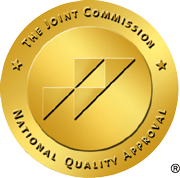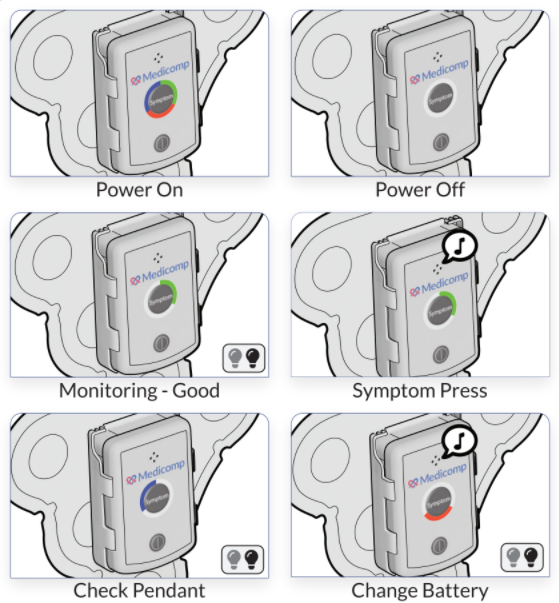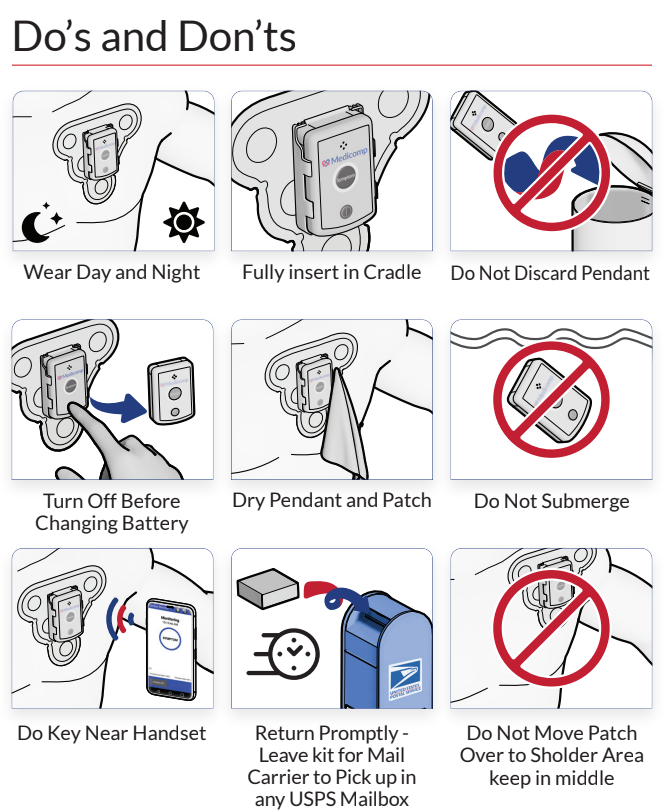An abdominal aortic aneurism is a serious medical condition that, if left untreated, can lead to death. One of the worst parts about this aneurism is that it often displays no symptoms or signs of its presence before it causes problems. To put it simply, an abdominal aortic aneurism is a bulge that forms in the abdominal section of the aorta, the largest artery in the human body, which stretches and weakens the walls of the aorta.
These aneurysms develop over several years before they rupture and disrupt blood flow to the lower part of the body. Catching the aneurism in its early stages is crucial to taking action that can reduce the chances of it rupturing. To understand how you can detect an abdominal aortic aneurism, it is important to understand who is at risk and who you can see to get tested.
Patients that have the highest risk of an abdominal aortic aneurism are men over the age of 65 who have a history of smoking, high cholesterol, high blood pressure, and/or a family history of abdominal aortic aneurysms. If you fall into one of these categories, it is strongly advised that you talk to your doctor about getting screened for signs of an abdominal aortic aneurism.
Screening for an aneurism is as simple as scheduling an ultrasound. If the ultrasound reveals an aneurism, talk to your doctor about the steps you can take to reduce expansion. This includes putting an end to smoking, monitoring and maintaining healthy blood pressure, and discussing an exercise plan with your doctor. You should be screened for an aneurism every five years.
A major part of heart health maintenance is getting regular checkups and tests when you are at risks of contracting one of the various forms of heart disease. To learn more about the heart and cardiac monitoring, visit the ReactDx Inc. website today.



